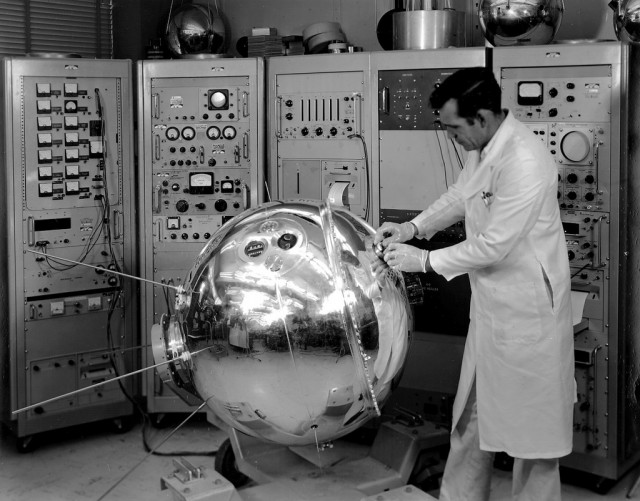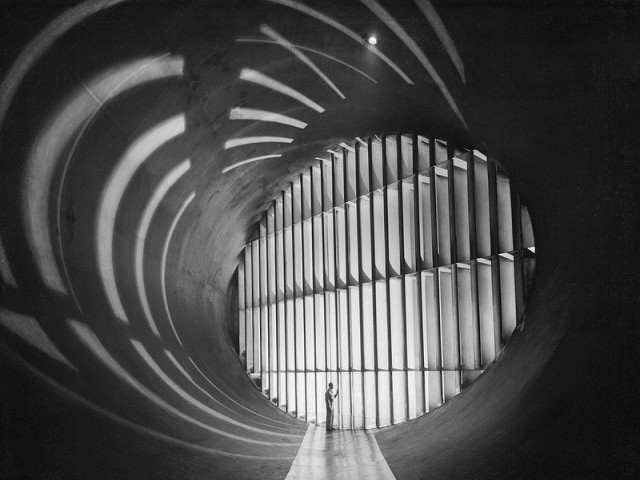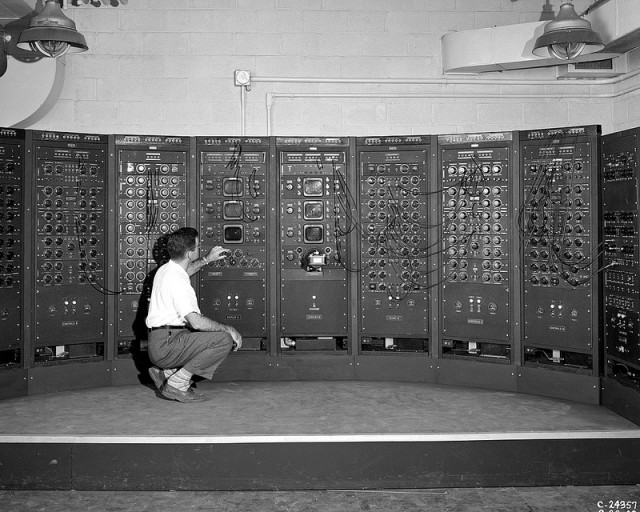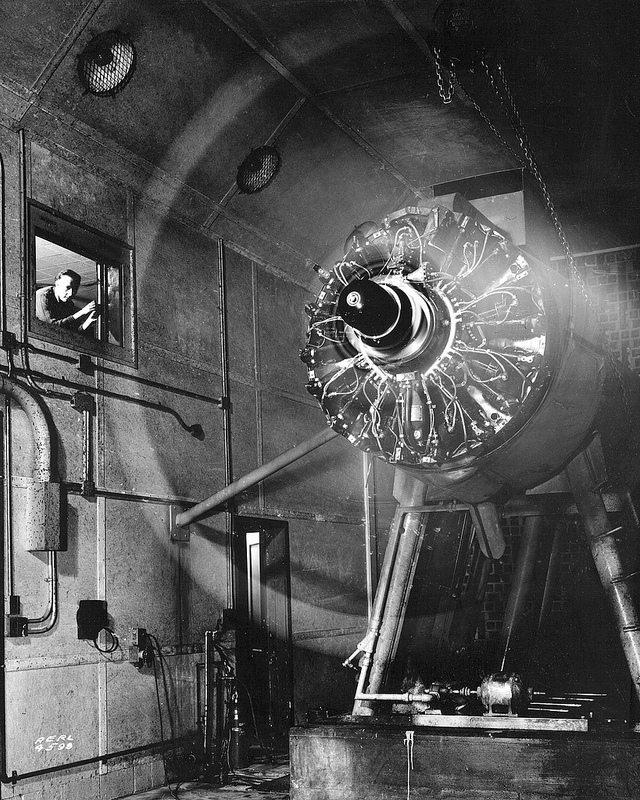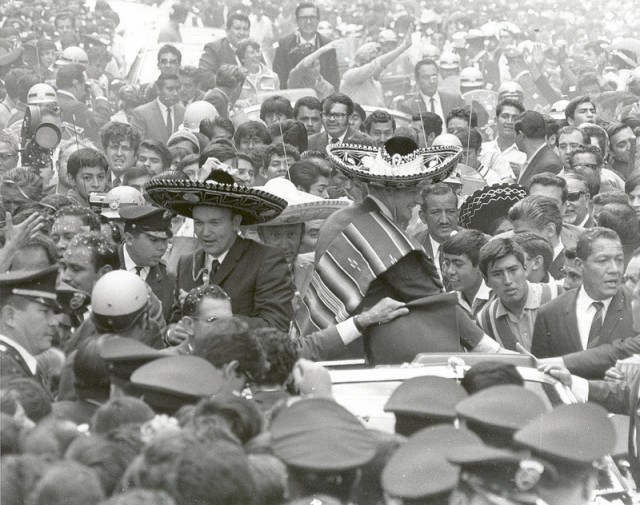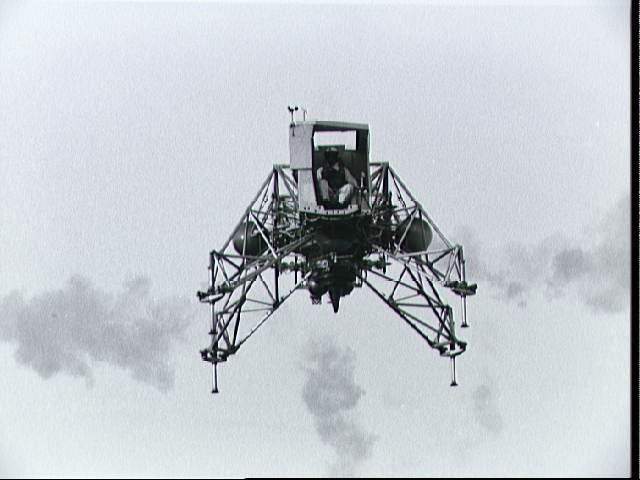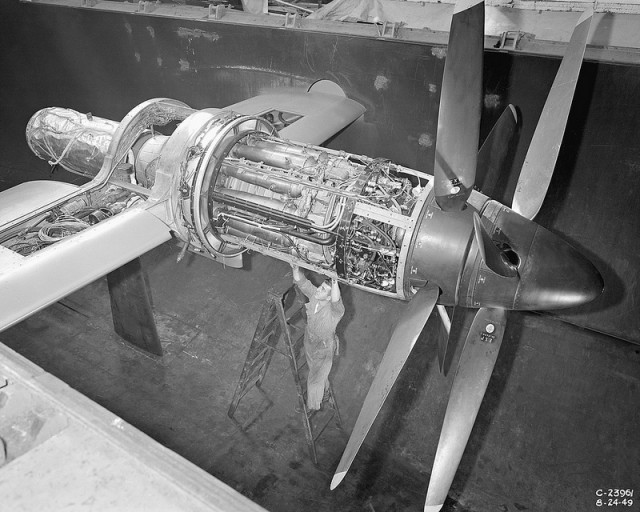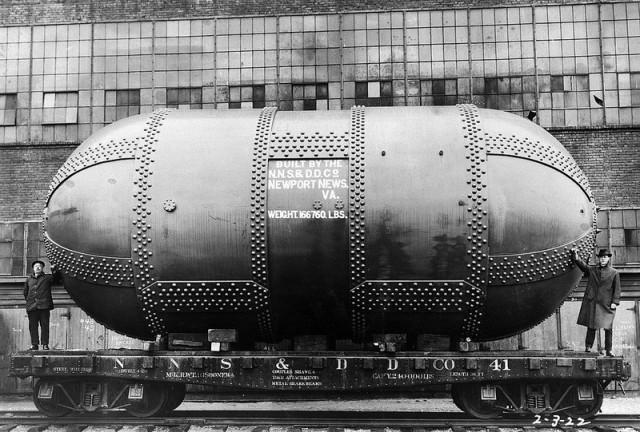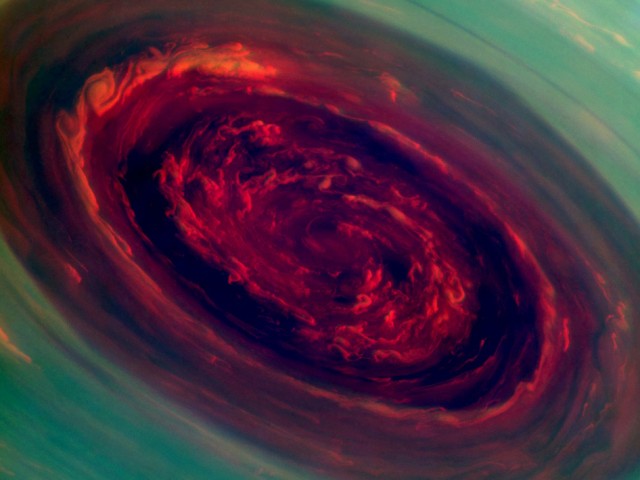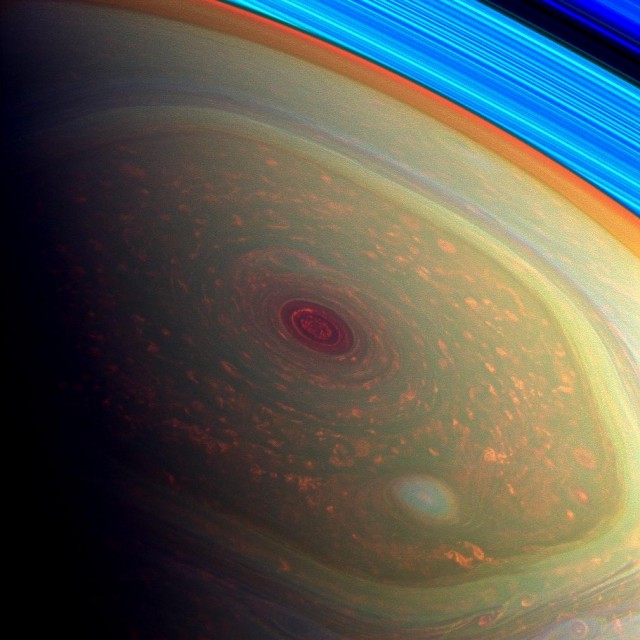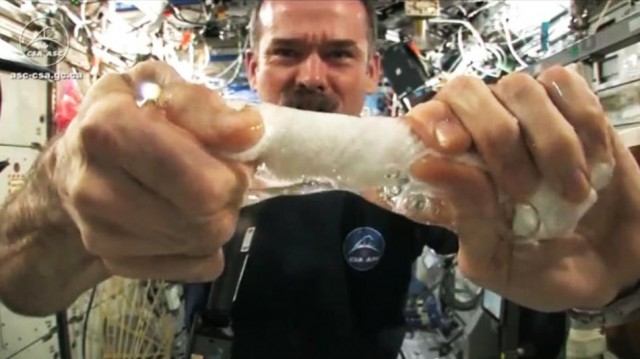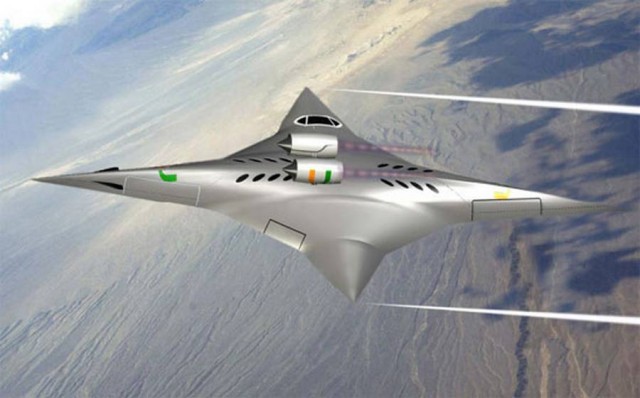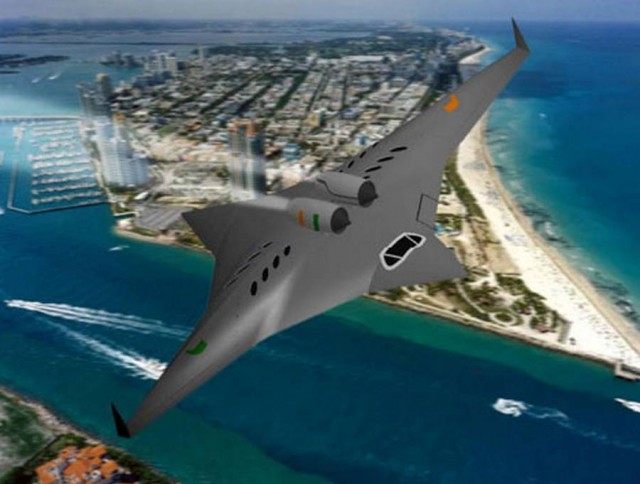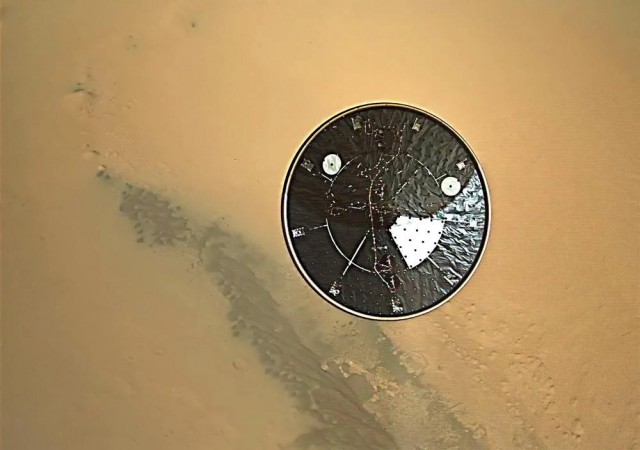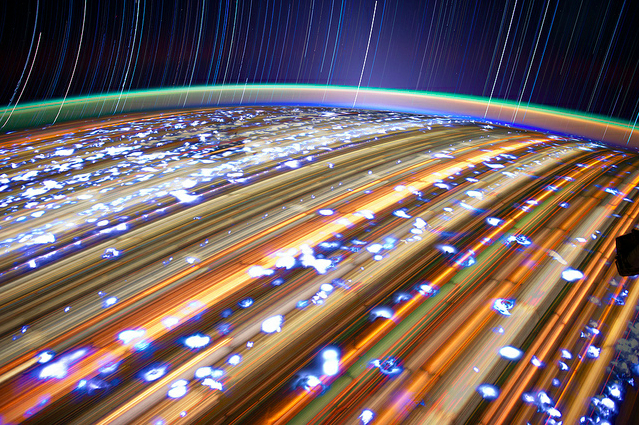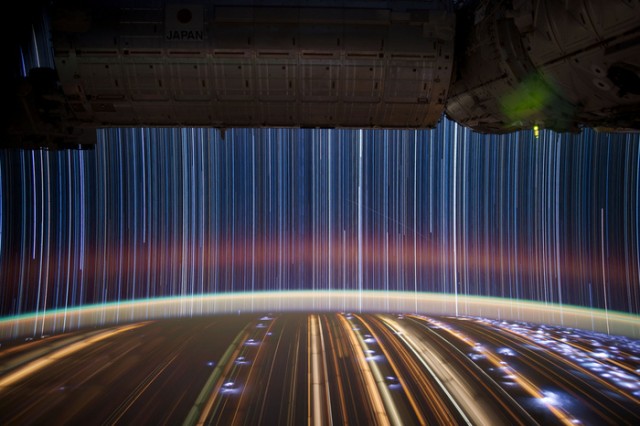NASA was officially created on October 1st, 1958 to “provide for research into the problems of flight within and outside the Earth’s atmosphere, and for other purposes.” However, space and aeronautics research was being conducted for several decades before NASA’s inception under the guidance of NACA, the National Advisory Committee for Aeronautics.
The images seen here are just a sample of the gorgeous photographs taken during the infancy of the United States Space Program.
Vintage NASA Photographs
Pictured at the top is the Explorer XVII Satellite, a pressurized stainless steel sphere which measured the density, composition, pressure and temperature of Earth’s atmosphere after its launch from Cape Canaveral on April 3, 1963
This image, taken in 1950, features a 19 foot Pressure Wind Tunnel at the Langley Aeronautical Laboratory.
An Analog Computing Machine in the Fuel Systems Building from 1949… This is an early version of the modern computer.
buy viagra capsules online https://healthcoachmichelle.com/wp-content/languages/en/viagra-capsules.html no prescription
(April 15, 1944) Engine on Torque Stand at the Aircraft Engine Research Laboratory in Cleveland, Ohio, now known as the John H. Glenn Research Center at Lewis Field
(Sept. 23, 1969) The Apollo 11 astronauts (1st people to walk on the Moon), Neil A. Armstrong, Edwin E. Aldrin, Jr., and Michael Collins, wearing sombreros and ponchos, are swarmed by thousands in Mexico City as their motorcade is slowed by the enthusiastic crowd.
(June 16, 1969) A Lunar Landing Training Vehicle, piloted by Astronaut Neil Armstrong, goes through a checkout flight at Ellington Air Force Base on June 16, 1969.
(August 25, 1949) An engine mechanic checks instrumentation prior to an investigation of engine operating characteristics and thrust control of a large turboprop Python engine with counter-rotating propellers under high-altitude flight conditions in the 20-foot-dianieter test section of the Altitude Wind Tunnel at the Lewis Flight Propulsion Laboratory of the National Advisory Committee for Aeronautics, Cleveland, Ohio, now known as the John H. Glenn Research Center at Lewis Field.
Variable Density Tunnel at the Newport News Shipbuilding and Dry Dock Company at the shipyards. It was sent to NACA by barge and arrived in June, 1922.
buy viagra oral jelly online https://healthcoachmichelle.com/wp-content/languages/en/viagra-oral-jelly.html no prescription
These photographs capture a golden age of space exploration.
buy doxycycline online https://healthcoachmichelle.com/wp-content/languages/en/doxycycline.html no prescription
The United States had a clear goal — beat the Russians the Moon — and in 1969, we succeeded. However, I can’t help but feel our space program has been a bit lost ever since…
Find many more at The NASA Commons.
-RSB
[via Brain Pickings]

